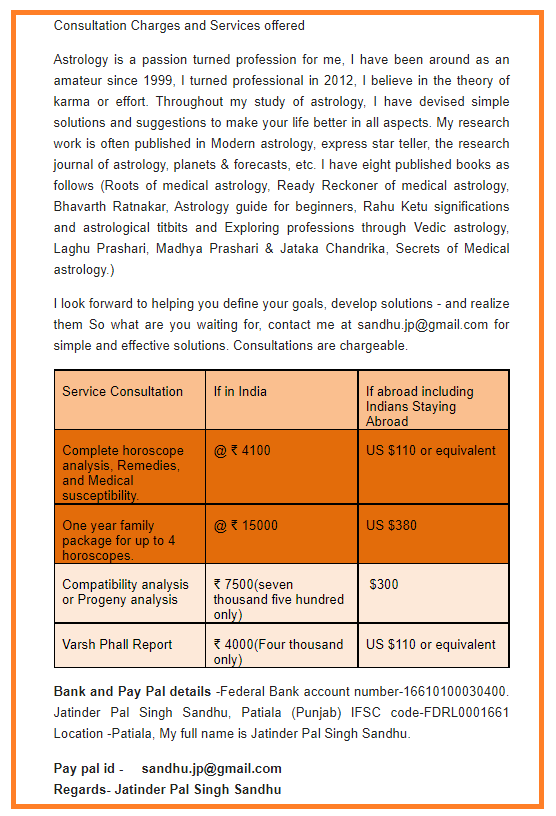NADA YOGA
The mind is fixed on nada or anahata sound heard in the ear. It gets laya or dissolution. The Yogi enters into samadhi and attains knowledge of the self. This is nada yoga. Essencialy Nada yoga is also called Laya Yoga. Kundalini Yoga is also called Laya Yoga. When the mind gets absorbed in the anahata sounds you will attain knowledge of hidden things. You will hear para-vak. You will develop the eye of intuition. Eventually the mind is absorbed in Brahman or the Absolute.
Sit in padmasana or siddhasana or sukhasana (crossing legs). Close the ears with the thumbs. This is shanmukhi mudra or vaishnavi mudra. Hear the music of anahata sounds. Now you will have wonderful concentration. Do japa and ajapa japa ofsauham with breath on any mantra. Practice pranayama for one or two months. You will hear the ten sounds clearly and enjoy the music of the soul.
The sages found that mano-laya followed by mano-nasa was a sager means to attain Self-realisation than the arduous process of controlling the mind and culturing it which is always attended by the danger of the mind jumping into the old grooves of vasanas at any moment. In the course of further practical investigations the sages and seers found that sound has the power to attract the mind and absorb it, so to say. Thus mano-laya and mano-nasa through nada yoga, union or merger into sound was found to be an effective and safe means to Self-realisation.
Brahman was one and non-dual. It thought, 'Ekoham, bahu syam.' That caused vibration eventually bringing in sound and that sound was Om, whence are all other manifestations. Thus sound is virtually the comprehensible basis for all creation. Naturally, therefore, it has the power to absorb the other manifestations. Brahman is incomprehensible in its transcendent aspect. The nearest approach to It is only sound, or we can call sound as Aparam Brahma. As in the macrocosm, so too, in the microcosm. Our physical and astral bodies, our indriyas (senses) and the mind, all should have sound as their basis. As we penetrate deep into them they should only lead us to sound. As we analyse our individual existence, it should take us to sound before we reach the transcendent Self. Normally, when we plug our both ears and try to listen within us, we shall hear this wonderful sound that goes by the name anahata sound.
Anahata literally means unbeaten, unstruck. Anahata sound is so called because it is not the result of striking or beating certain things like the raising of a note on the violin or the vina. It comes from the anahata chakra. Because the anahata sound comes from that chakra, the chakra is so named. By affecting the union of mind with the anahata sound, we will be actually causing the effect to disappear into the cause or, in other words, there will be mano-nasa. Getting ourselves established first in the anahata Sound and then going to our own Self is but a form of krama mukti (gradual liberation). Anahata sounds or the melody are the mystic sounds. This is a sign of purification of the nadis or astral currents due to pranayama. The sounds can also be heard after the uttering of the Ajapa Gayatri Mantram 'Hamsa soham' a lakh of (100,000) times. The sounds are heard through the right ear with or without closing the ears. Nada that is heard is of 10 kinds. The first is chini (cini, like the sound of that word chin, cin); the second is chini-chini; the third is the sound of bell; the fourth is that of conch; the fifth is that oftantri (lute); the sixth is the sound of tala (cymbals); the seventh is that of flute; the eighth is that of bheri (drum); the ninth is that of mridanga (double drum) and the tenth is that of clouds, viz. thunder.
Anahata sounds are the mystic sounds heard by the Yogin during his meditation. It is a sign of the purification of Nadis. Some students can clearly hear it through any one of the ears and some by both the ears. There are loud as well as subtle sounds. From the loud, one will have to contemplate on the subtle and from the subtle to the subtler. Beginners can hear the sound only when the ears are closed. Advanced students can concentrate on the Anahata sound even without closing the ears. Anahata sound is also termed Omkara Dhvani. They proceed from the Anahata centre of the Sushumna Nadi.
Sit in your usual Asana. Close the ears with the thumbs. Hear and minutely observe the internal sound through the ears. The sound that you hear from within will make you deaf to all external sounds. Close the eyes also. In the beginning of your practice, you will hear many loud sounds. Later on they are heard in a mild way. The mind having at first concentrated itself on any one sound fixes firmly to that and is absorbed in it. The mind becoming insensible to the external impressions, becomes one with the sound as milk with water and then becomes rapidly absorbed in Chidakasa (Cidakasa). Just as the bee drinking the honey alone does not care for the odour so also the Chitta (Citta), which is always absorbed in the inner sound, does not long for sensual objects, as it is bound by the sweet smell or Nada and has abandoned its flitting nature.
The sound proceeding from Pranava Nada, which is Brahman, is of the nature of effulgence. The mind gets absorbed in it. The mind exists so long as there is sound, but with its cessation, there is that state termed Turiya. It is the supreme state. It is the Unmani state. The mind gets absorbed along with Prana by constant concentration upon Nada. The body appears to be a log of wood and it does not feel heat or cold, joy or sorrow. Different kinds of sounds proceed from the heart (Anahata sounds). Nada that is heard through the ears is of ten kinds. The first is the sound ‘Chini’ (like the pronunciation of the word); the second is ‘Chini-chini’; the third is the sound of a bell; the fourth is that of a conch; the fifth is that of a lute; the sixth is the sound of cymbals; the seventh is the tune of a flute; the eighth is the voice of a drum (Bheri); the ninth is the sound of a double-drum (Mridanga); and the tenth is the sound of thunder.
You cannot expect the sound immediately after you close your ears. You should concentrate and keep your mind one-pointed. The particular sound that you hear today, you may not hear every day. But you will hear any one of the ten Anahatasounds. The description given above is Laya through Nada, Anahata sound. In the same manner, Laya can be effected by concentration at the tip of the nose (Nasikagra Drishti), at the space between the two eyebrows (Bhrumadhya Drishti),meditation on the five Tattvas, on Sauham (Souham) Mantra, Aham Brahma Asmi, Tat Tvam Asi Mahavakyas and other methods also.
LAYA YOGA SADHANA
Sit on padma or siddha asana. Practice yoni mudra by closing the ears with the thumbs. Hear the internal sound through the right ear. The sound, which you hear, will make you deaf to all external sounds. Having overcome all obstacles, you will enter the Turiya state within 15 days. In the beginning of your practice, you will hear many loud sounds. They gradually increase in pitch and are heard more and more subtly. You should try to distinguish sounds more and more subtle. You may change your concentration from the gross sound to the subtle, or from the subtle to the gross, but you should not allow your mind to be diverted from them towards other objects. The mind having at first concentrated itself on any one sound fixes itself firmly to that and is absorbed in it. The mind becoming insensible to the external impressions becomes one with the sound as milk with water and then becomes rapidly absorbed in Chidakasa - the Akasha, Space where Chitta, Consciousness prevails. The sound proceeding from Pranava, which is Brahman, is of the nature of effulgence; the mind becomes absorbed in it; that is the supreme seat of Vishnu. The mind exists so long as there is sound, but with its cessation, there is that state termed Turiya. This sound is absorbed in Brahman and the soundless state is the supreme seat. The mind which along with Pranava has its karmic affinities destroyed by the constant concentration upon nada is absorbed in the Unstained One. There is no doubt of it. Being freed from all states and all thoughts whatever, you will remain like one dead. You will become a mukta - liberated soul.

